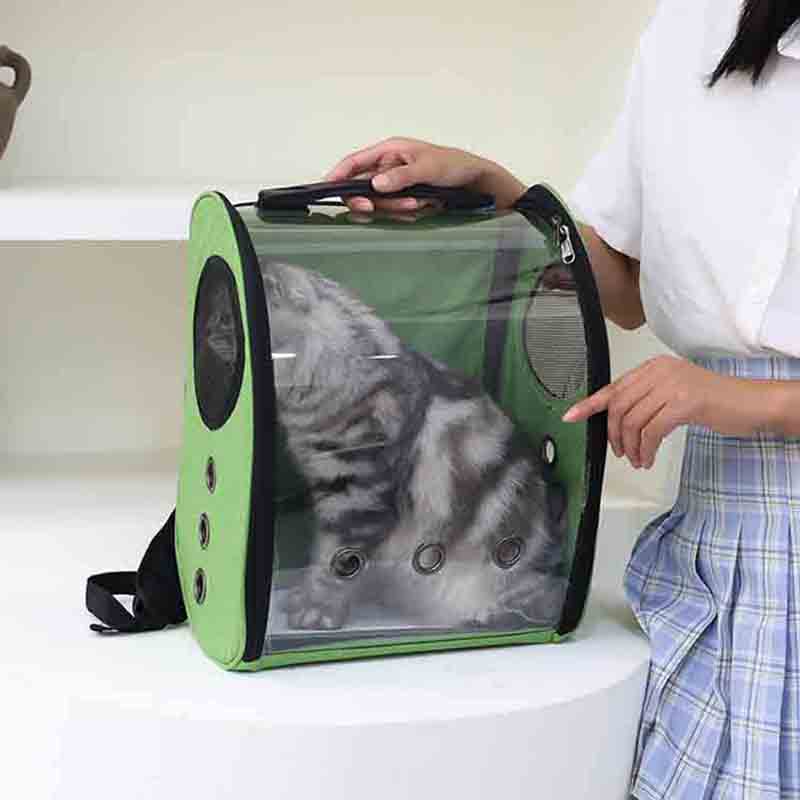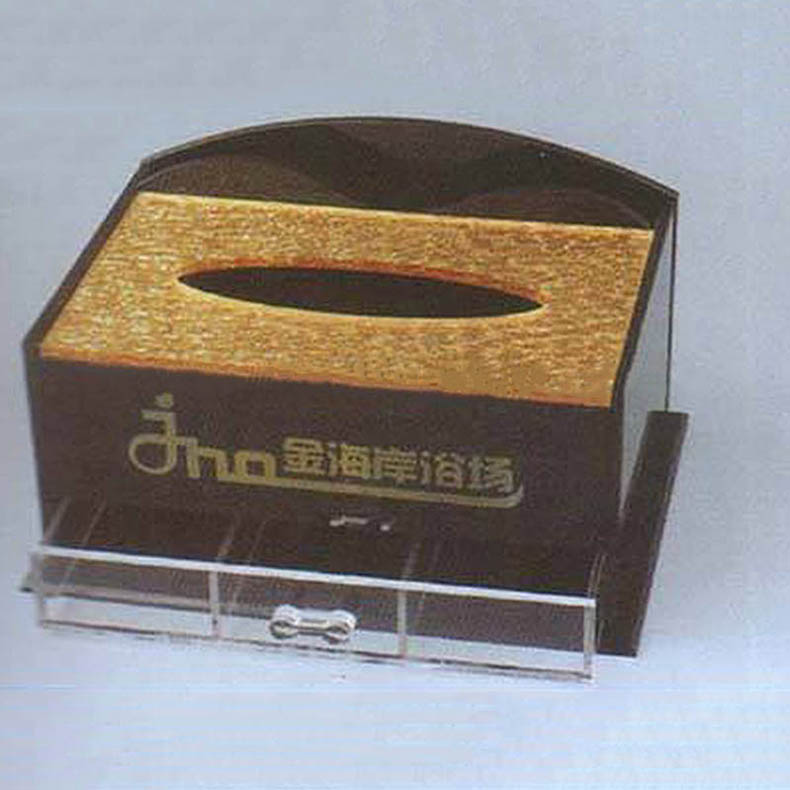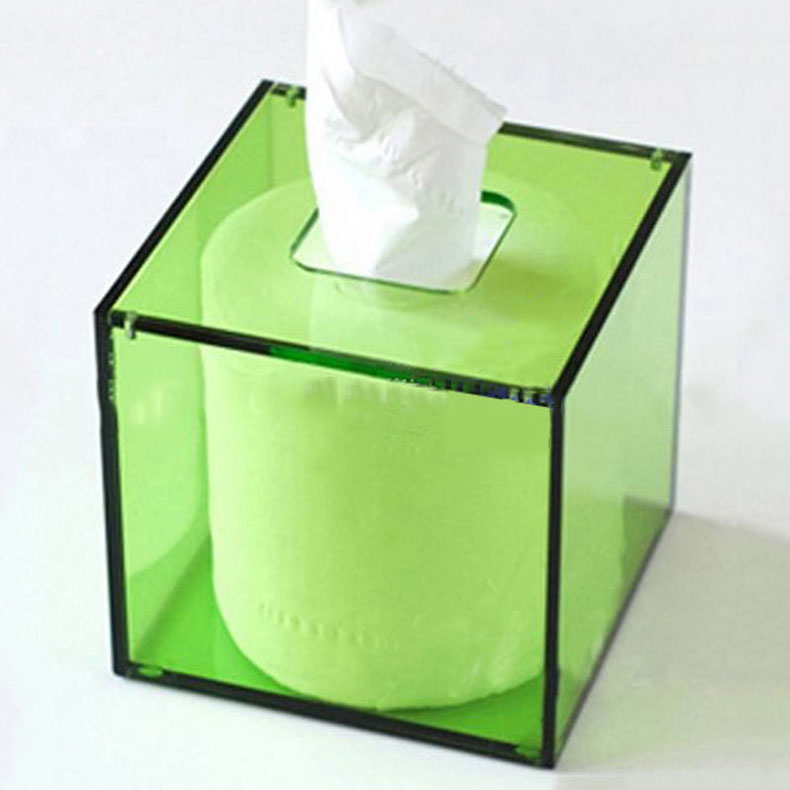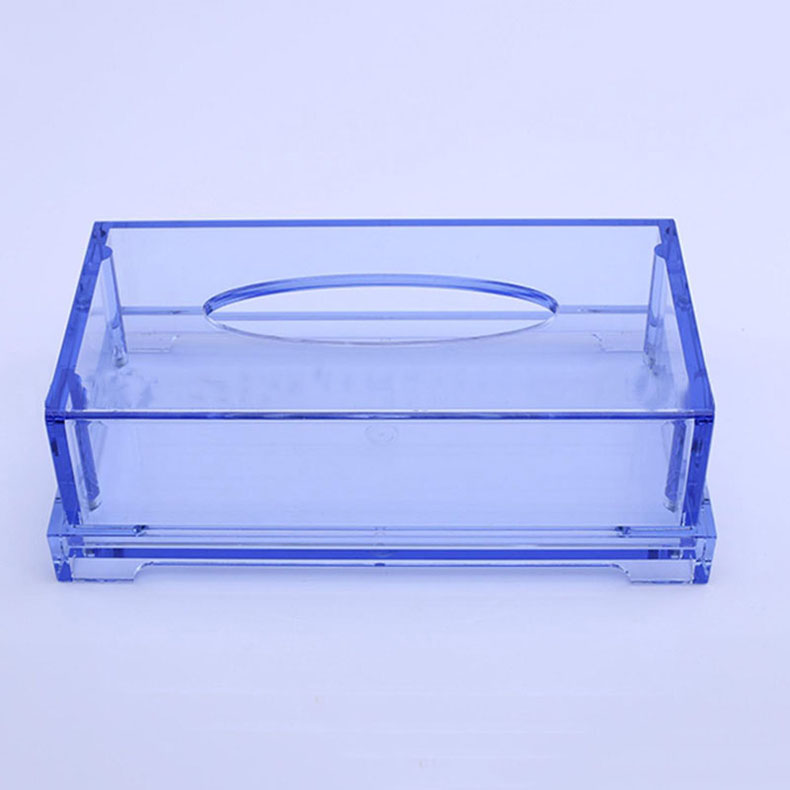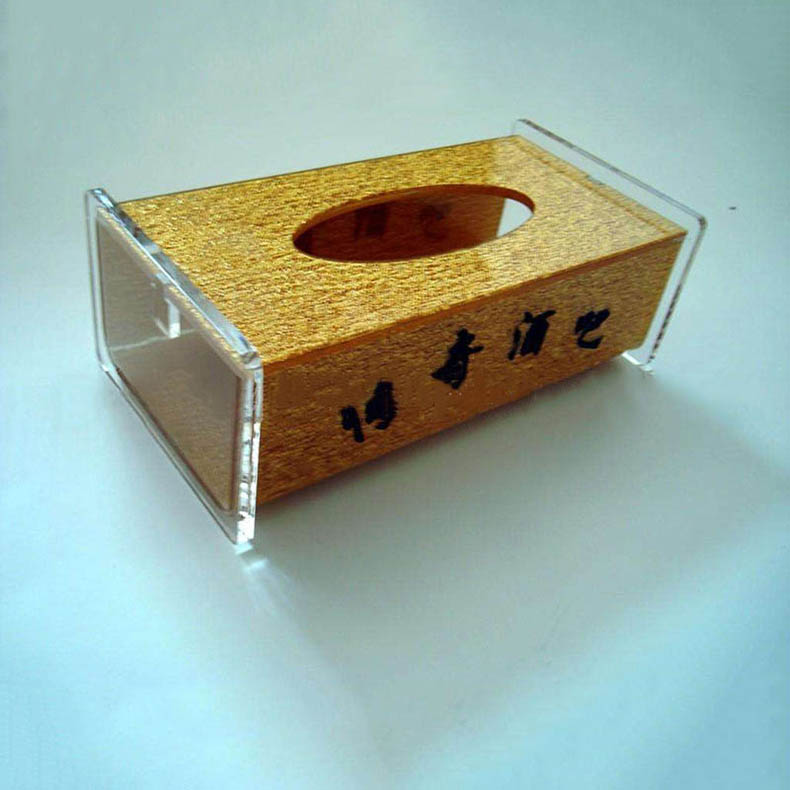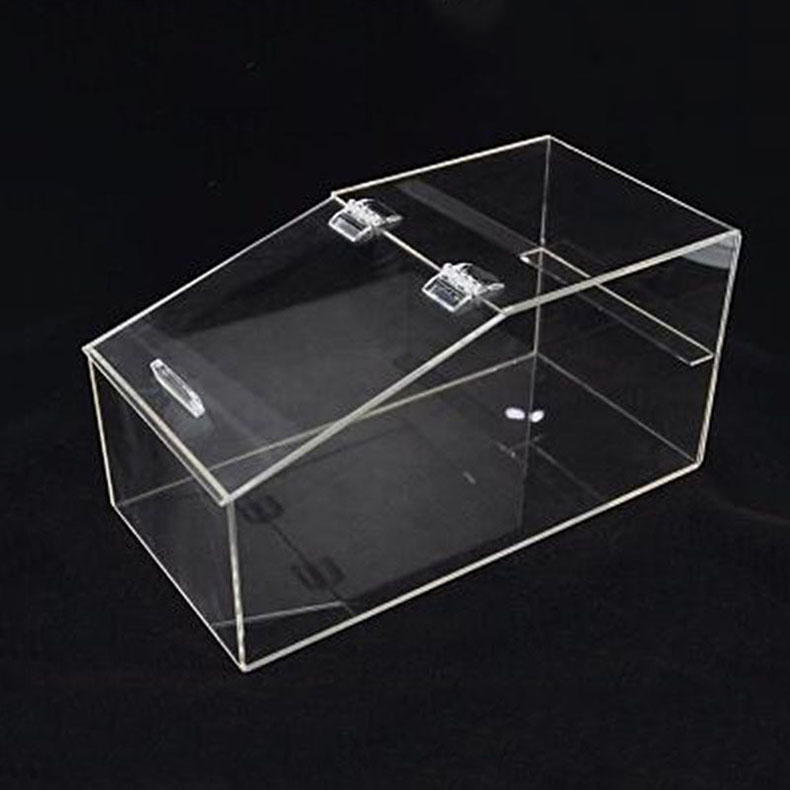The 48-Inch and 36-Inch Plastic Sphere: A Comprehensive Exploration
Introduction
In the world of design and functionality, the plastic sphere stands out as a versatile and compelling object. Among the various sizes available, the 48-inch and 36-inch plastic spheres capture the attention of designers, educators, and enthusiasts alike. This essay delves into the characteristics, applications, and significance of these two specific dimensions, exploring their use in different contexts ranging from art installations to educational tools.
Characteristics of Plastic Spheres
Plastic spheres can be crafted from various types of plastic, with polyethylene, polypropylene, and polycarbonate being the most popular materials. Each of these materials offers distinct advantages:
1. Durability: Both the 48-inch and 36-inch plastic spheres are designed to withstand significant wear and tear. Their robust construction ensures longevity, making them suitable for both indoor and outdoor applications.
2. Lightweight: Compared to their glass or metal counterparts, plastic spheres are remarkably lightweight. This feature allows for easy transportation and manipulation during installation or use.
3. Versatility in Design: Plastic spheres can be manufactured in various colors and finishes, allowing for creative customization. Whether a matte or glossy finish is desired, these spheres can be tailored to meet specific aesthetic needs.
4. Safety: Unlike hard materials, plastic offers a safer alternative. In educational settings, for instance, the risk of injury associated with play or interaction is significantly reduced.
5. Affordability: Generally, plastic spheres are more cost-effective than spheres made from other materials, providing a budget-friendly option for businesses and individuals alike.
Size Matters: 48-Inch vs. 36-Inch
Visual Presence
The primary distinction between the 48-inch and 36-inch plastic spheres is their size, which influences their visual impact and application.
- 48-Inch Sphere: This larger size draws more attention and can serve as a focal point in a space. It is ideal for outdoor public art installations, playgrounds, and large-scale events. The imposing nature of the 48-inch sphere commands respect and is often used as an interactive element in parks or gardens.
- 36-Inch Sphere: The slightly smaller 36-inch sphere is better suited for indoor settings or areas where space is limited. It can easily fit into classrooms, event venues, and retail environments. Its size allows for more intimate interactions, making it perfect for close-proximity displays or activities.
Applications
The applications of 48-inch and 36-inch plastic spheres are diverse and multifaceted.
1. Educational Tools
In educational contexts, both sizes can serve as excellent teaching aids. The spheres can be used to demonstrate concepts in physics, such as gravity and motion. For example, students can engage in activities that require them to predict how a sphere rolls or how it reacts to different forces. The visibility and size of the 48-inch sphere make it suitable for larger groups, while the 36-inch version is ideal for smaller setups.
2. Art Installations
Artists have found innovative ways to incorporate spherical forms into their work. A 48-inch plastic sphere can be transformed into a striking centerpiece in public spaces, galleries, or festivals. Artists can paint, decorate, or project images onto the surface, creating dynamic visual experiences. The smaller 36-inch spheres can also be used creatively; for example, they can be painted in different colors and arranged in clusters to create an eye-catching display.
**3. Event Decorations**
Both the 48-inch and 36-inch spheres are popular choices for event decorators. Weddings, corporate functions, and festivals often utilize these spheres to create thematic decor. They can be illuminated from the inside, adding a magical touch to evening events. The larger sphere particularly works well as a statement piece, while smaller spheres can be used as table centerpieces or accents throughout the venue.
4. Playground Equipment
In playgrounds, the playful nature of the plastic sphere encourages physical activity among children. The 48-inch sphere serves well as a climbing structure or obstacle, while the 36-inch version can be used as part of interactive games. Their colorful designs make play areas visually appealing, ensuring that children are drawn to them.
5. Landscaping
In landscaping, plastic spheres can add a contemporary touch to gardens and outdoor spaces. The larger 48-inch spheres can be strategically placed to create balance and focal points within a landscape design, while the 36-inch spheres can complement flower beds and pathways, enhancing the overall aesthetic.
Environmental Considerations
While discussing plastic spheres, it is crucial to address concerns surrounding their environmental impact. Many manufacturers are now producing eco-friendly plastic options, ensuring that the spheres can be recycled at the end of their life cycle. Additionally, efforts are being made to use biodegradable materials, allowing for a more sustainable approach to production. This focus on sustainability is vital in fostering an environmentally conscious mindset among consumers and designers alike.
Conclusion
The 48-inch and 36-inch plastic spheres are much more than simple objects; they are versatile tools that serve multiple purposes across various fields. From education to art, landscaping to event decoration, these spheres embody creativity, functionality, and engagement. As designers continue to explore innovative ways to utilize these forms, it is clear that the plastic sphere will remain a significant element in both practical applications and artistic expressions. Their enduring appeal lies not only in their physical characteristics but also in their ability to inspire interaction, provoke thought, and enhance environments. In the realm of design, the possibilities of the plastic sphere are as vast as the imagination itself.


